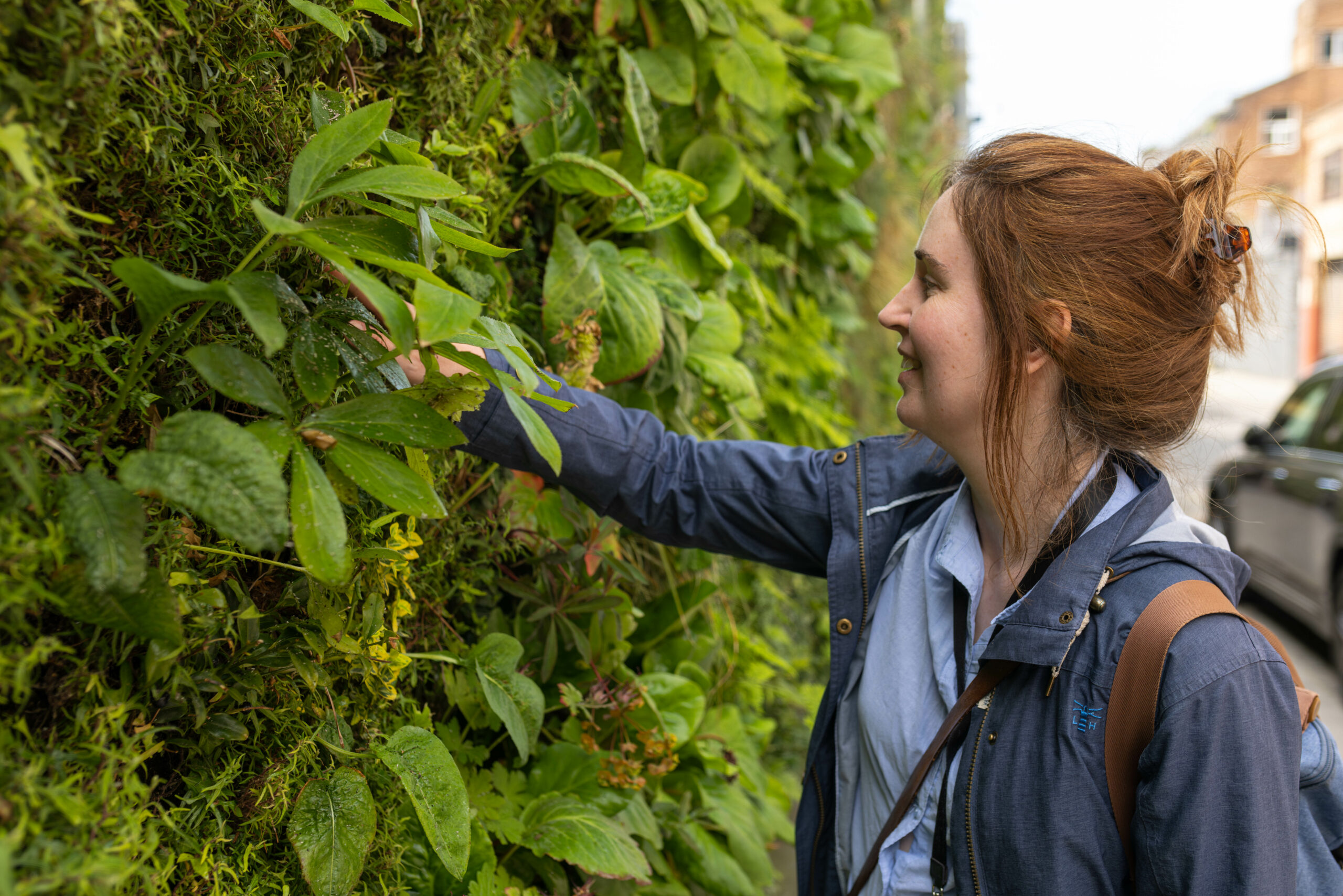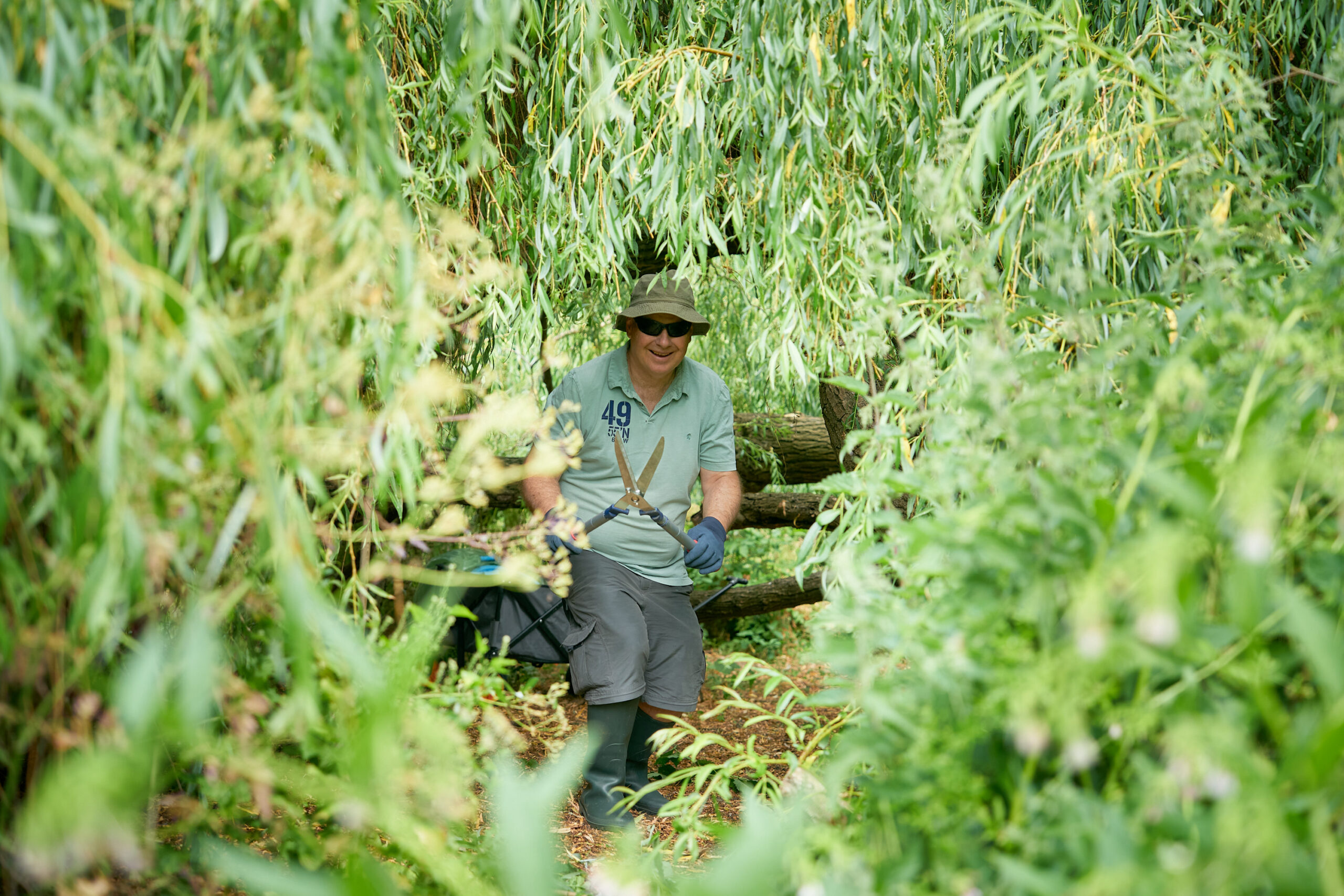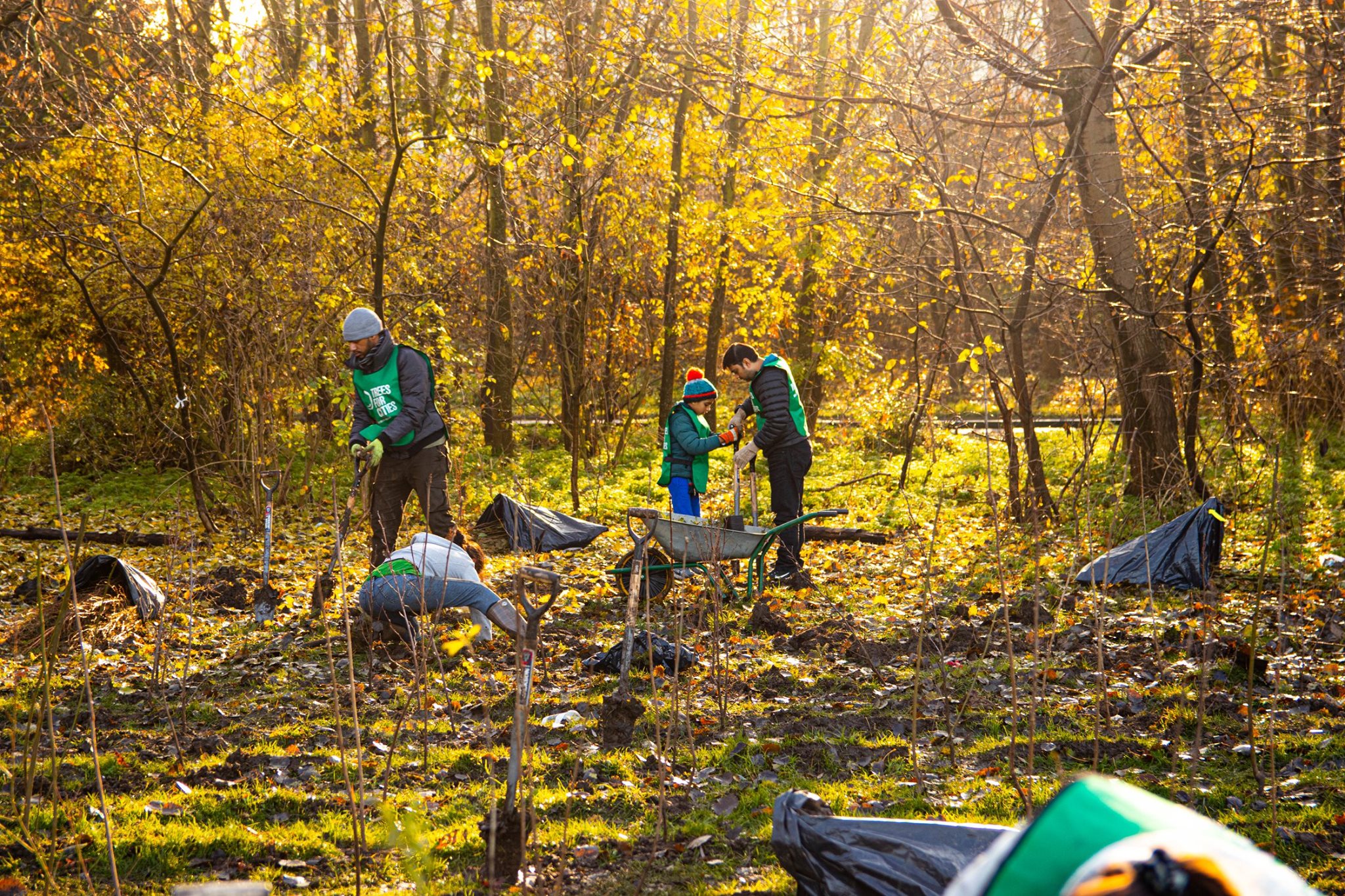Extreme weather linked to climate change threatens communities around the UK.
The years ahead will see more homes wrecked by floodwater, more hospitals and care homes struggling in searing heat, and more pressure to support residents in their moment of crisis.
But nature offers many powerful defences against extreme weather. Parks, meadows, waterways and other natural features can absorb or contain excess water from damaging downpours. Cover from trees and vegetation offers shade and absorbs heat during sunny periods.
Projects that help communities nurture these natural defences create huge benefits – bringing people together, sharing skills and supporting better physical and mental health. Four pioneers are celebrated in the shortlist for the Ashden Award for Local Nature Recoverers.
Council-led projects can have a huge impact, particularly through partnership working.
1. Liverpool City Council
Trailblazing authorities include Liverpool City Council. It has carried out the URBAN GreenUP project, in partnership with the University of Liverpool and The Mersey Forest. This has brought new green features to 40 inner-city areas.
The project has created new, plant-packed floating islands in ponds and waterways to boost biodiversity, and also introduced rain gardens, green walls and green travel corridors. The scheme has engaged schools and faith groups, and responds to people’s wishes for a greener city – a council survey found 82% of local companies saw greening as good for business, while greener routes made 33% of cyclists more likely to get on their bike.

2. Enfield Council and Thames 21
In North London, Thames 21/Enfield Council have come together to create wetlands and rain gardens, restore rivers and plant woodland. Local volunteers power these projects, and are trained to become citizen scientists, champions and advocates for Enfield’s rivers.
Engagement with residents ranges from guided walks to community-led waterway clean ups. The work has also supported ‘nature prescribing’ in the borough – where people are helped to boost their health through taking part in outdoor activities.

3. Alconbury Brook Flood Group
Other examples include the Alconbury Brook Flood Group in Cambridgeshire – a busy network of roughly 100 residents, in an area with more than 1,000 homes vulnerable to flooding. These volunteers dig ponds, maintain waterways, and sow the edges of fields and pastures with seeds that will help the soil absorb more water. They also visit their neighbours with information about preparing for and coping with flooding.

4. Trees for Cities
Trees for Cities ‘Forgotten Places’ scheme has focused on tree planting in neglected coastal towns. Seaside towns have an average tree canopy cover of 13%, below the recommended minimum of 15%. The charity’s approach includes bringing together communities and local officials, and offering training and resources. In the Surrey town of Bexhill alone, it helped 489 people plant 1,627 trees across three community sites.

These four very different schemes show the role we can all play supporting a greener, safer future.
The Ashden Award for Local Nature Recoverers is supported by the Lund Trust, a charitable fund of Lisbet Rausing and Peter Baldwin.
